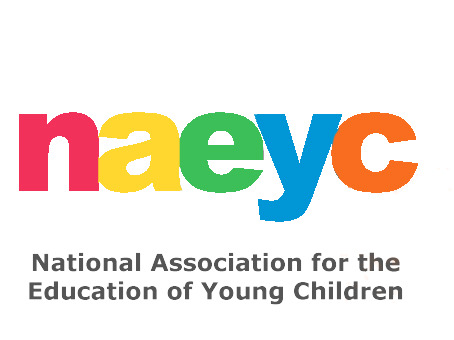NAEYC Accreditation
History of the NAEYC
In the 1920s, in response to the growth of nursery schools and concern for the quality of care, educators and researchers formed the National Association for Nursery Education. Membership increased dramatically in the ’50s, and the group reorganized as the NAEYC in 1964. By the early ’80s, NAEYC initiated a national voluntary accreditation system, which was revamped into a four-step process in 2006. Today there are approximately 8,000 early-childhood programs accredited by the NAEYC.
The 10 standards
Meeting the NAEYC program standards is the backbone for accreditation. These standards are based on the latest research in early childhood. While there are hundreds of criteria essential for high-quality early-childhood education, NAEYC accredited schools are not expected to fulfill every criterion. NAEYC Deputy Executive Director Barbara Willer, who manages the accreditation process, explains, “Programs must meet 100% of required criteria and 80% of other criteria upon which they are assessed within each standard to achieve NAEYC accreditation.”
These standards are:
1. Promoting positive relationships between children and teachers.
2. Implementing a curriculum that supports learning.
3. Teaching that supports curriculum goals.
4. Establishing a system of assessment for children’s learning.
5. Promoting the health of children.
6. Employing teachers who have a professional commitment.
7. Maintaining relationships with families.
8. Identifying community resources to support goals.
9. Maintaining a safe physical environment.
10. Having program management follow policies to maintain high-quality experiences for children, families, and staff.
GreatSchools. (2016, March 11), What does the NAEYC seal of approval mean? Retrieved from https://www.greatschools.org/gk/articles/what-does-the-naeyc-seal-of-approval-mean/

